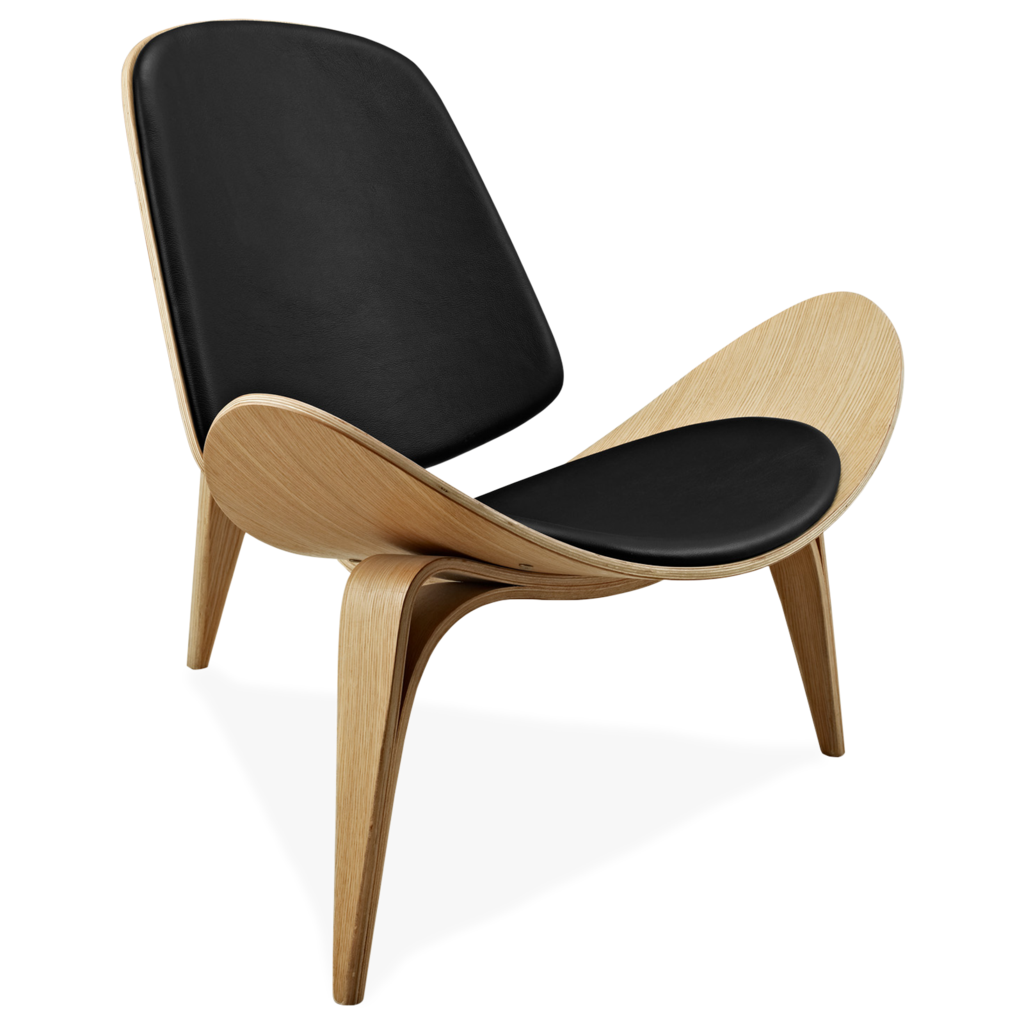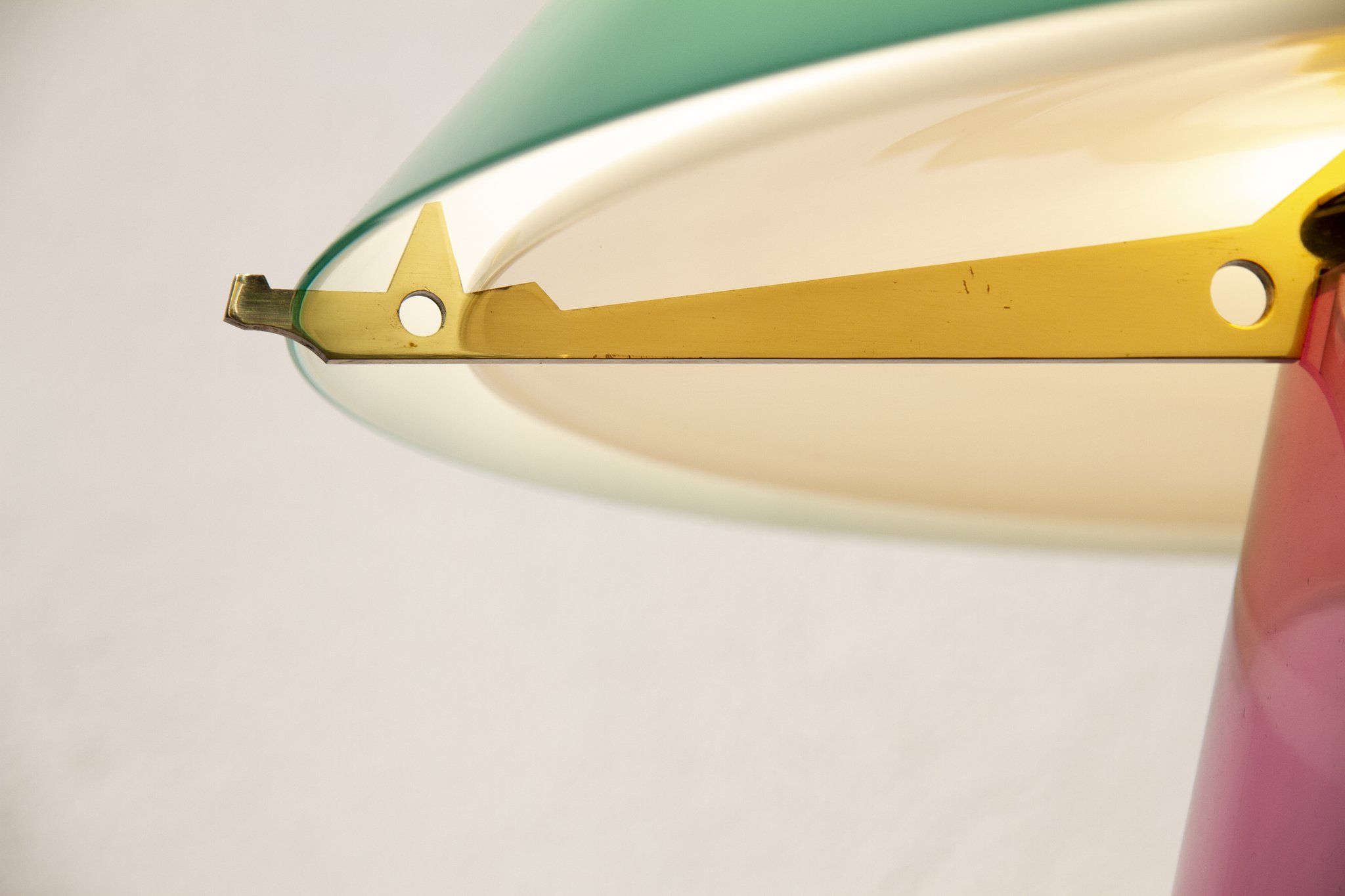Nanda Vigo
Nanda Vigo's (Milan, 1936) projects are born from the concept of chronotopia, according to which the spatial-temporal perception of a space is modified by the movements of light and by reflecting surfaces that create illusory perspectives. His mirrored furniture and luminous objects are never conceived as autonomous, but made ad hoc to dictate the character of an interior. After graduating from the art school in Milan, studying architecture in Lausanne and a period in San Francisco, he returned to Milan and collaborated with Lucio Fontana, with whom he set up the 1964 Triennale. Fontana is, with Gio Ponti and Piero Manzoni (of whom she becomes his partner), a key figure in the formation of Vigo. Her work reached its peak in Milan at the turn of the 60s and 70s, a period in which architecture and art established symbiotic relationships and interesting collaborations. From the spatial research of Fontana and Castellani to kinetic art, Vigo treasures artistic experimentation by focusing on the integration of disciplines in his work.





